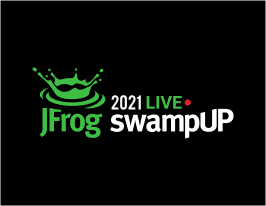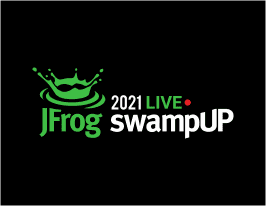Demystifying the SBOM’s impact on Secure Software Deployment at OWASP NoVA Meetup
Demystifying the SBOM’s impact on Secure Software Deployment at OWASP NoVA Meetup
January 20, 2022
< 1 min read
When the White House’s cybersecurity executive order from May 2021 was issued, the Software Bill of Materials (aka SBOMs), graduated from being a “nice to have” to a “must-have” when developing and deploying secure software from the cloud.
In a nutshell, SBOMs provide visibility into which components make up a piece of software and detail how it was put together, so it’s easy to determine if it contains security and compliance issues.
In this talk, we’ll discuss
• What exactly is an SBOM?
• Securing your Software Supply Chain
• Why SBOM must be a key element of your software development life cycle’s (SDLC) security and compliance approach
• The misconceptions that exist around SBOMs
• Insights and best practices on SBOM creation and usage.
WILLIAM MANNING
Solution Architect – JFrog






